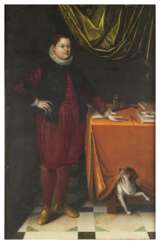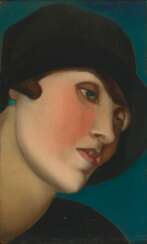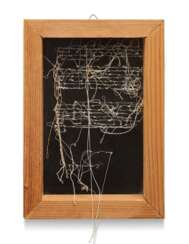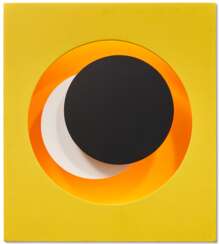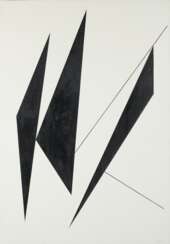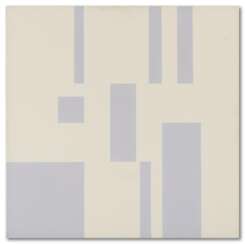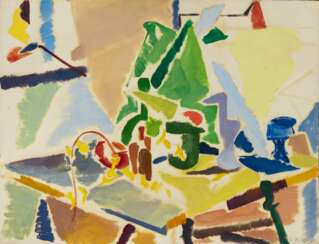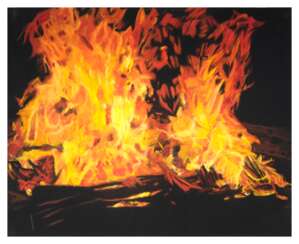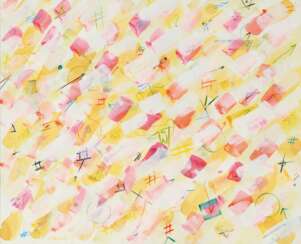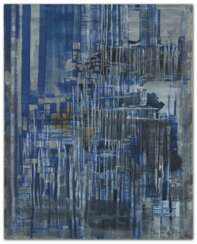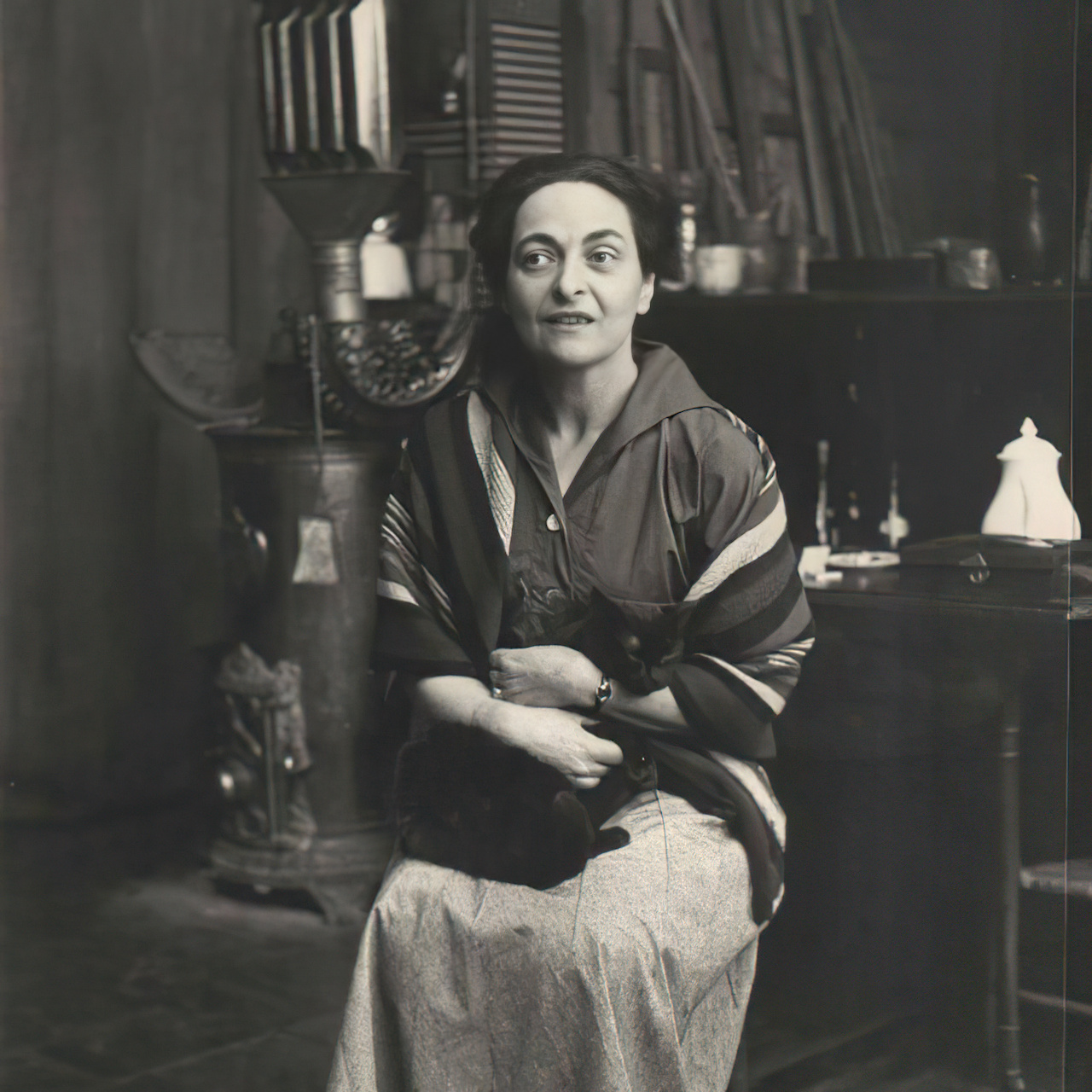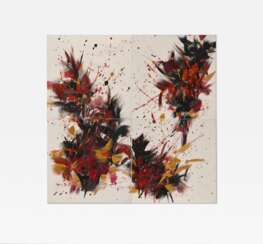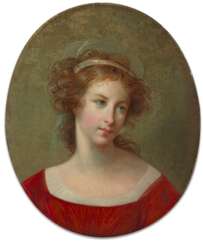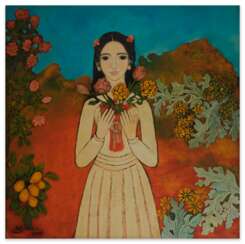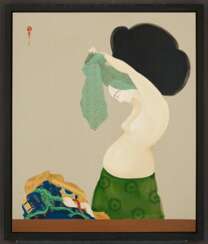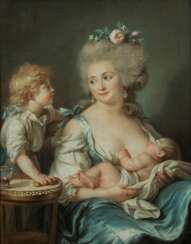
Paintings — Women in art

Anne Vallayer-Coster was a renowned French artist, celebrated for her exceptional still-life paintings that captivated 18th-century art enthusiasts, including the French Queen Marie Antoinette. Born into an artistic family in 1744, Vallayer-Coster's talent was evident early on, leading to her unanimous election into the prestigious Académie Royale at just 26 years old. Her works, characterized by their vibrant color, meticulous detail, and textural precision, often depicted bowls of fruit, game, shells, and flowers, showcasing the opulence of French aristocracy before the Revolution.
Vallayer-Coster's career was notable not only for her artistic achievements but also for her ability to navigate the male-dominated art world of her time. Despite the societal constraints on women artists, she gained the patronage of influential figures like Marie Antoinette and was one of the few women admitted to the Royal Academy of Painting and Sculpture. Her work received critical acclaim at the Salon, where she exhibited regularly from 1771 until 1817, and her still-lifes were praised for their sensuality, illusionistic perfection, and the rich, indulgent luxury they portrayed.
One of Vallayer-Coster's most ambitious works, Still Life with Flowers in an Alabaster Vase and Fruit (1783), exemplifies her unparalleled skill in capturing the soft textures of flowers and their harmonious arrangement. This masterpiece was hailed as such at the Salon of 1783 and is considered by Vallayer-Coster herself as her finest painting. Lost for nearly two centuries, it was recently rediscovered in an almost pristine state and is now part of the National Gallery of Art's collection, highlighting Vallayer-Coster's significant contributions to European art history.
Throughout her career, Vallayer-Coster produced more than 120 still lifes, always with a distinctive brilliance in color, earning her a place among the elite artists of her time. Despite facing challenges during the French Revolution due to her close association with the monarchy, she continued to exhibit her work and contribute to the art world until her death in 1818.
For collectors and experts in art and antiques, Anne Vallayer-Coster's legacy is a testament to her skill, resilience, and the impact of her work on the history of art. To stay updated on new product sales and auction events related to Anne Vallayer-Coster, sign up for updates that focus solely on this exceptional artist's contributions to the art world.
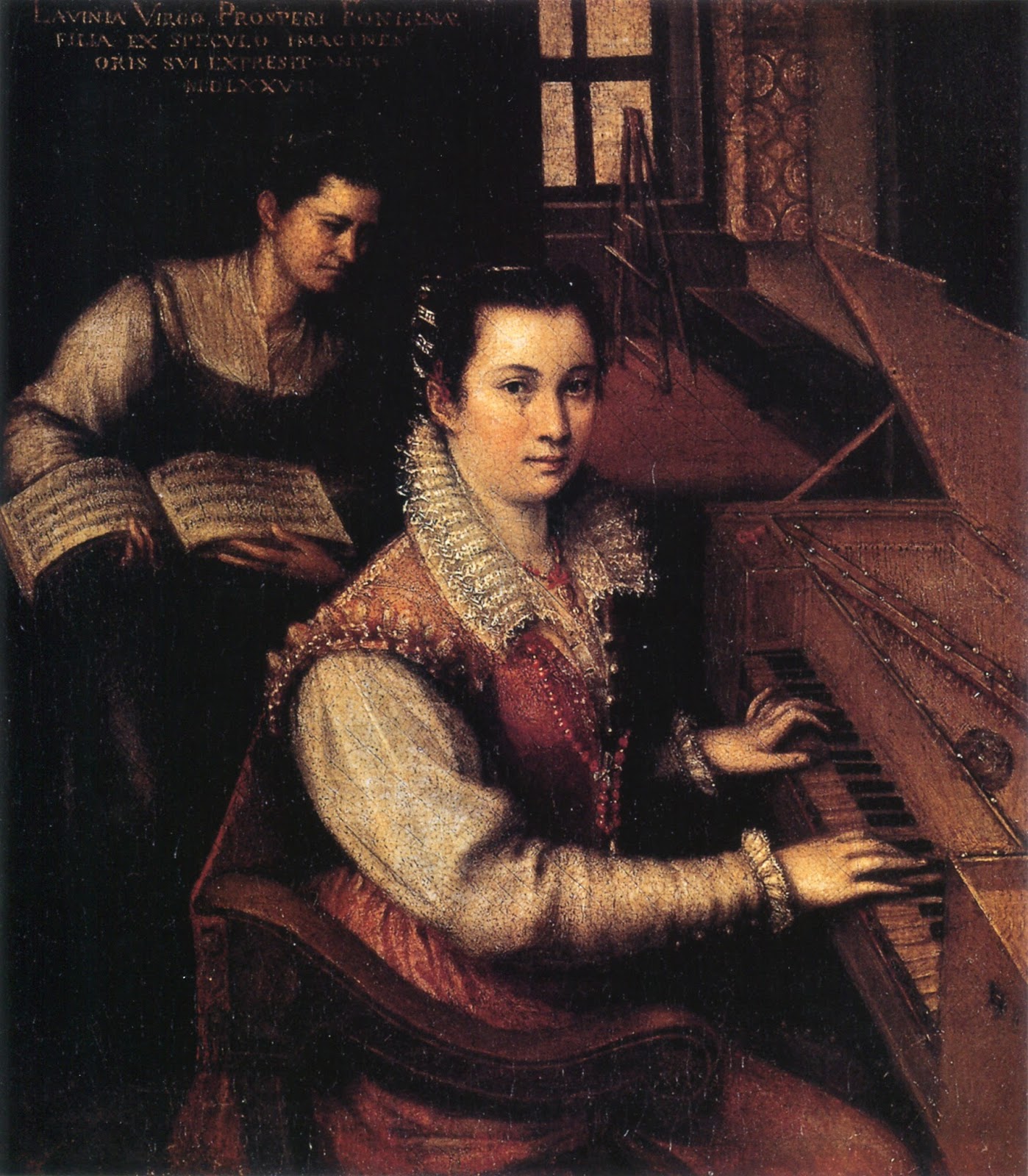
Lavinia Fontana was a Bolognese Mannerist painter active in Bologna and Rome. She is best known for her successful portraiture, but also worked in the genres of mythology and religious painting. She was trained by her father Prospero Fontana who was a teacher at the School of Bologna. She is regarded as the first female career artist in Western Europe as she relied on commissions for her income. Her family relied on her career as a painter, and her husband served as her agent and raised their 11 children. She was perhaps the first woman artist to paint female nudes, but this is a topic of controversy among art historians.
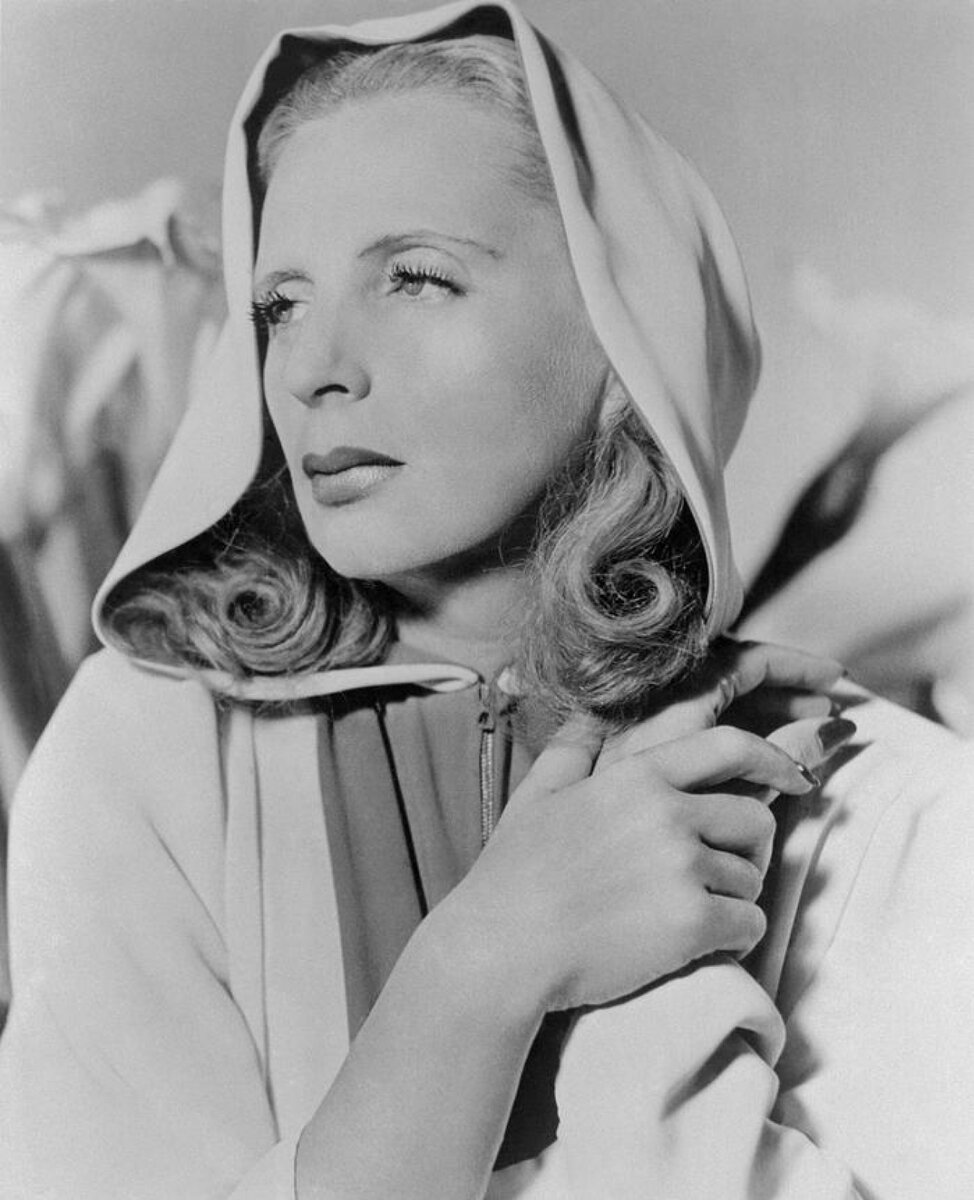
Tamara Łempicka (born Tamara Rosalia Gurwik-Górska), better known as Tamara de Lempicka, was a Polish painter who spent her working life in France and the United States. She is best known for her polished Art Deco portraits of aristocrats and the wealthy, and for her highly stylized paintings of nudes.
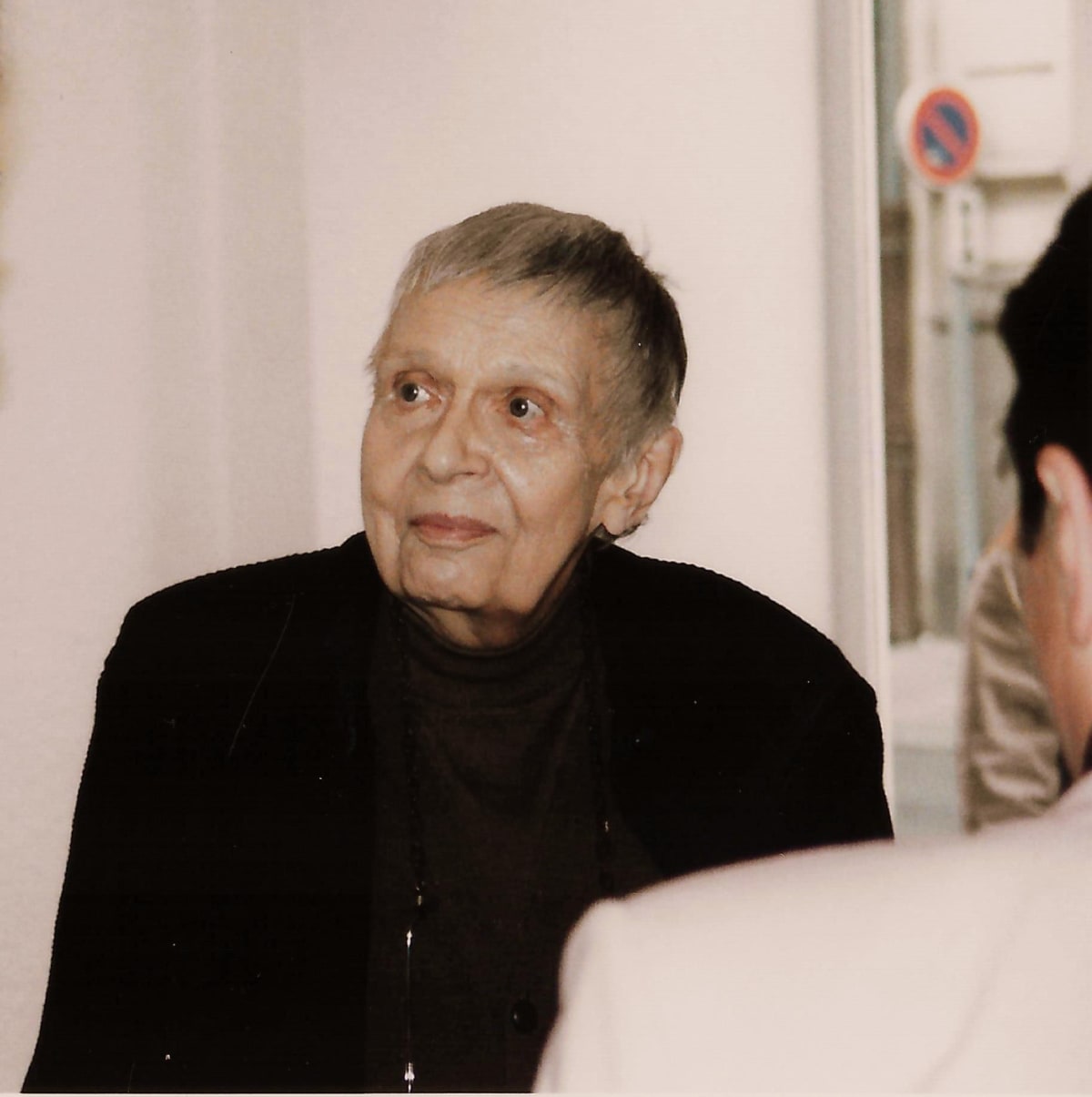
Aurélie Nemours is a French abstractionist painter.
Aurélie Nemours created abstract geometric paintings, developing her own style based on pure colors and geometric shapes taken from the square, but without dogmatism or systematism. Her compositions are strictly arranged on a plane based on the intersection of horizontal and vertical. This painstaking work culminates in a meditative asceticism confined to squares and rectangles, black or gray, space and matter.

Aurélie Nemours is a French abstractionist painter.
Aurélie Nemours created abstract geometric paintings, developing her own style based on pure colors and geometric shapes taken from the square, but without dogmatism or systematism. Her compositions are strictly arranged on a plane based on the intersection of horizontal and vertical. This painstaking work culminates in a meditative asceticism confined to squares and rectangles, black or gray, space and matter.

Aurélie Nemours is a French abstractionist painter.
Aurélie Nemours created abstract geometric paintings, developing her own style based on pure colors and geometric shapes taken from the square, but without dogmatism or systematism. Her compositions are strictly arranged on a plane based on the intersection of horizontal and vertical. This painstaking work culminates in a meditative asceticism confined to squares and rectangles, black or gray, space and matter.
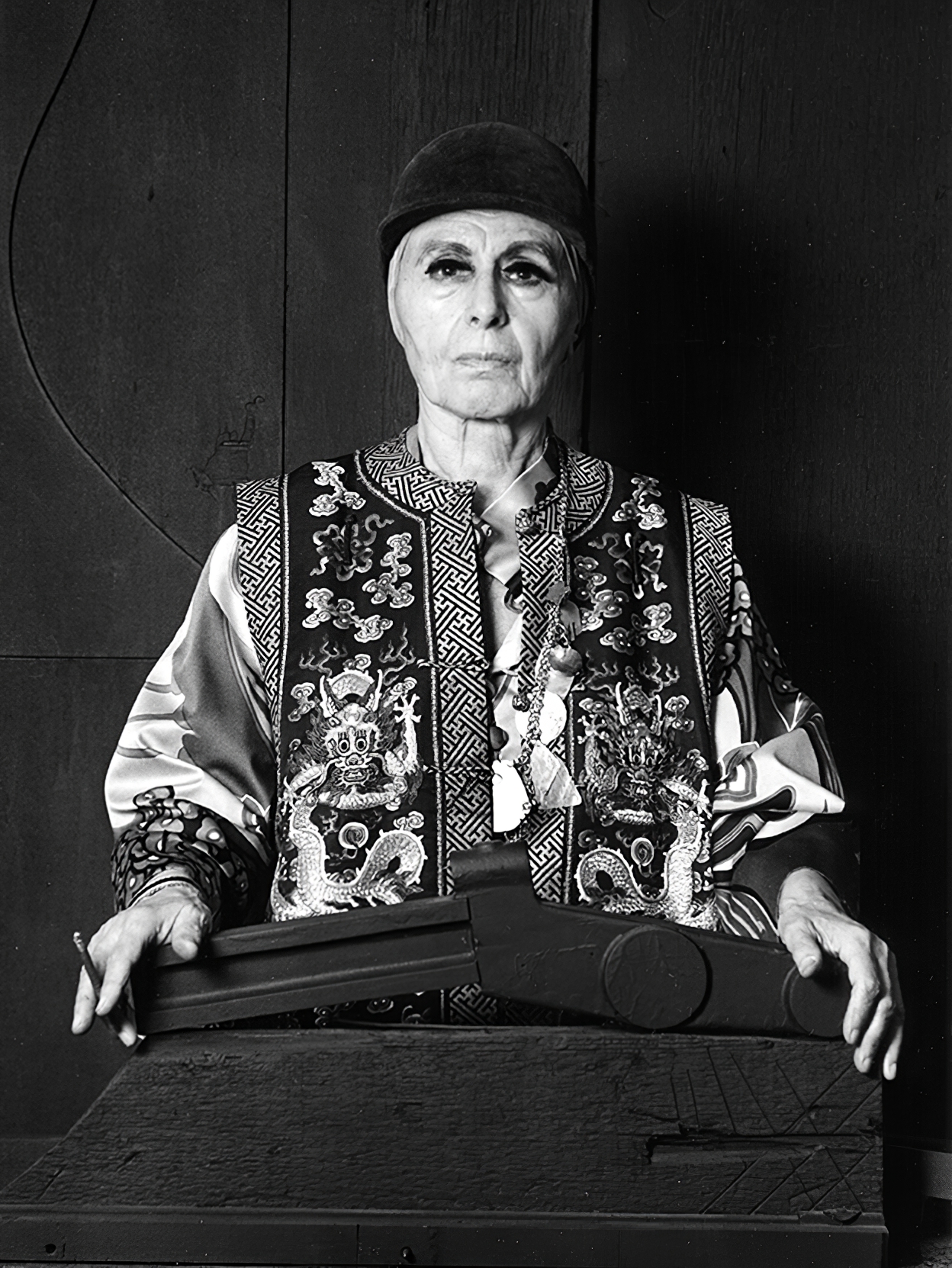
Louise Nevelson was an American sculptor, renowned for her innovative and monumental monochromatic, wooden wall pieces and outdoor sculptures. Born in Kiev, Russia (now Ukraine), she moved to the United States as a child, settling first in Rockland, Maine, before embarking on her storied career in New York City. Nevelson's work broke new ground in abstract art through her assemblages of found wooden forms and her exploration of space within room-sized environments. Her early life and artistic journey were marked by a continuous struggle for recognition in a male-dominated art world, eventually gaining attention in the 1950s for her unique constructions.
Nevelson's sculptures, often created from wood, were characterized by their puzzle-like complexity, with intricately cut pieces arranged into both wall sculptures and freestanding pieces. The works are typically painted in monochromatic black or white, emphasizing their textural and volumetric qualities. A key figure in 20th-century American sculpture, Nevelson's contributions extend beyond her artistic creations; she was also a pioneer in the realm of public art, engaging broader audiences with her monumental installations.
Her pieces are celebrated worldwide and can be found in museum and corporate collections across Europe and North America. Nevelson's legacy is that of a trailblazer who used her vision to transform everyday materials into profound expressions of space and narrative.
For collectors and experts in art and antiques, the exploration of Louise Nevelson's work offers an insightful glimpse into the evolution of American sculpture and the pivotal role she played in it. To stay informed about new sales and auction events related to Nevelson's work, sign up for updates and ensure you never miss an opportunity to engage with the history and future of this influential artist's contributions to the art world.
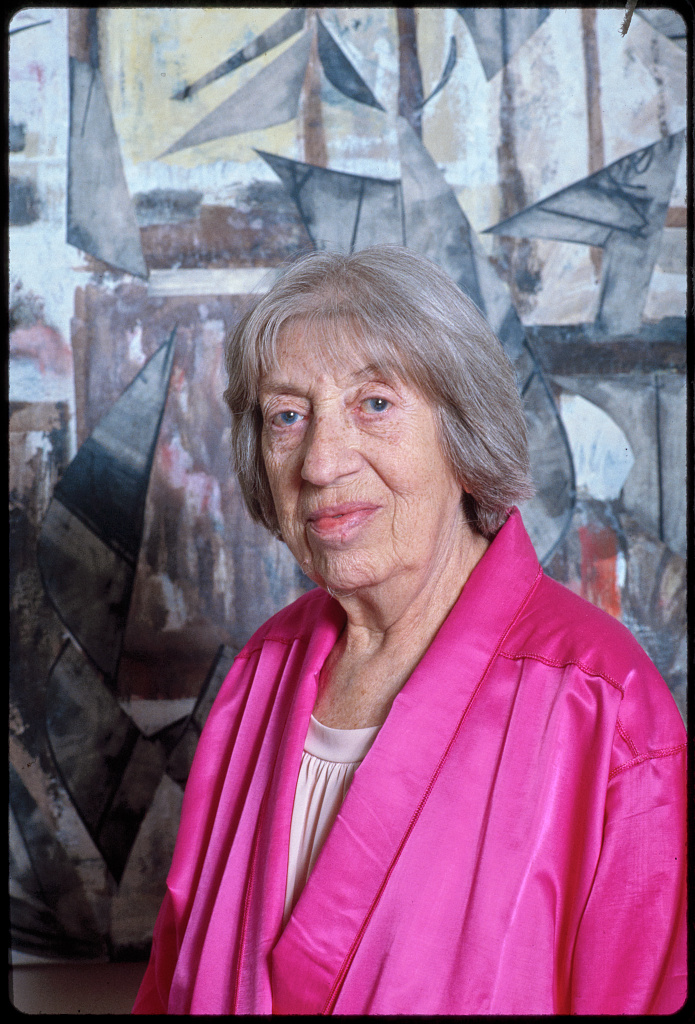
Lenore "Lee" Krasner, born Lena Krassner, was an American painter renowned for her significant contributions to abstract expressionism, a movement that revolutionized art in the mid-20th century. Krasner's work is distinguished by its vigorous abstract imagery, innovative use of color, and emotional depth, reflecting her personal experiences and the cultural shifts of her time. Despite facing challenges in a male-dominated art world, her talent, determination, and unique vision established her as a pivotal figure in the development of abstract expressionism.
Krasner's art evolved through several phases, each marked by distinct styles and techniques. In her early career, she experimented with cubist and neoclassical styles before moving towards abstraction. Her marriage to Jackson Pollock, another key figure in abstract expressionism, influenced her work, yet she maintained a distinct artistic identity. Krasner's later works, characterized by bold, organic shapes and a vibrant palette, earned critical acclaim and are featured in major museums and galleries worldwide, including the Museum of Modern Art and the Whitney Museum of American Art.
Her dedication to art extended beyond her own creations. Krasner played a crucial role in preserving and promoting Pollock's legacy while also navigating the challenges of being an artist in her own right. Her contributions to the art world were recognized posthumously, with retrospectives celebrating her innovative work and her influence on subsequent generations of artists. Krasner's legacy is a testament to her resilience, creativity, and impact on the cultural landscape of the 20th century.
For collectors and experts in art and antiques, Krasner's work offers a profound insight into the evolution of abstract expressionism and its enduring influence on contemporary art. Her pieces not only represent a pivotal moment in art history but also serve as a source of inspiration and contemplation. To stay informed about new product sales and auction events related to Lenore "Lee" Krasner, sign up for updates. This subscription is an excellent opportunity to deepen your appreciation of Krasner's art and ensure you are among the first to know about opportunities to acquire her works.
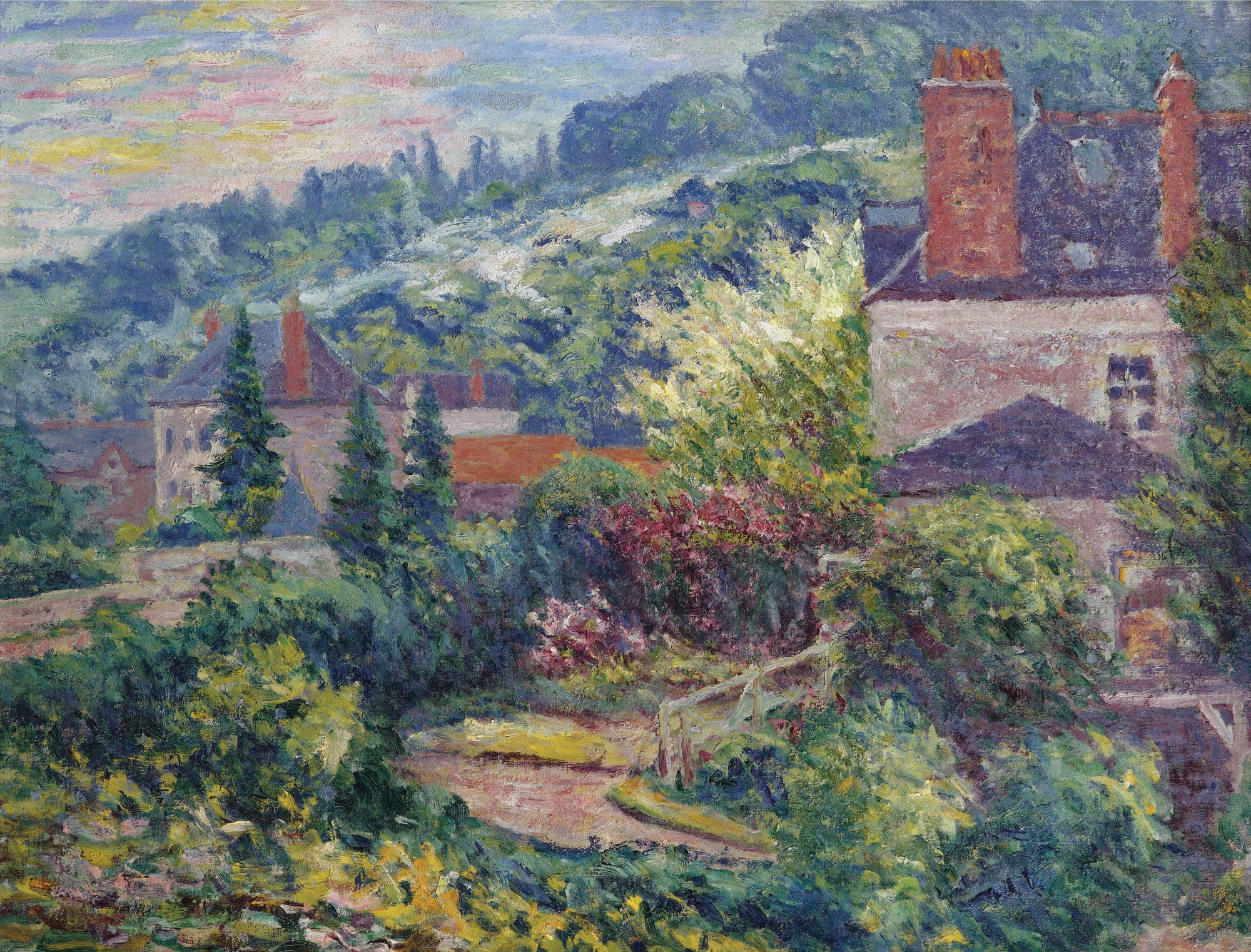
Blanche Hoschedé Monet was a French Impressionist painter and stepdaughter of the famous Impressionist painter, Claude Monet. She grew up in Giverny, France, where Monet had his home and studio, and was exposed to the Impressionist movement from an early age.
Blanche began painting at a young age, and under Monet's guidance, she developed her own style of Impressionism, with a focus on landscapes and still lifes. She exhibited her work at the Salon des Indépendants in Paris and the Royal Academy in London.
Blanche's work is held in many major collections, including the Musée d'Orsay in Paris and the National Gallery of Art in Washington, D.C.


